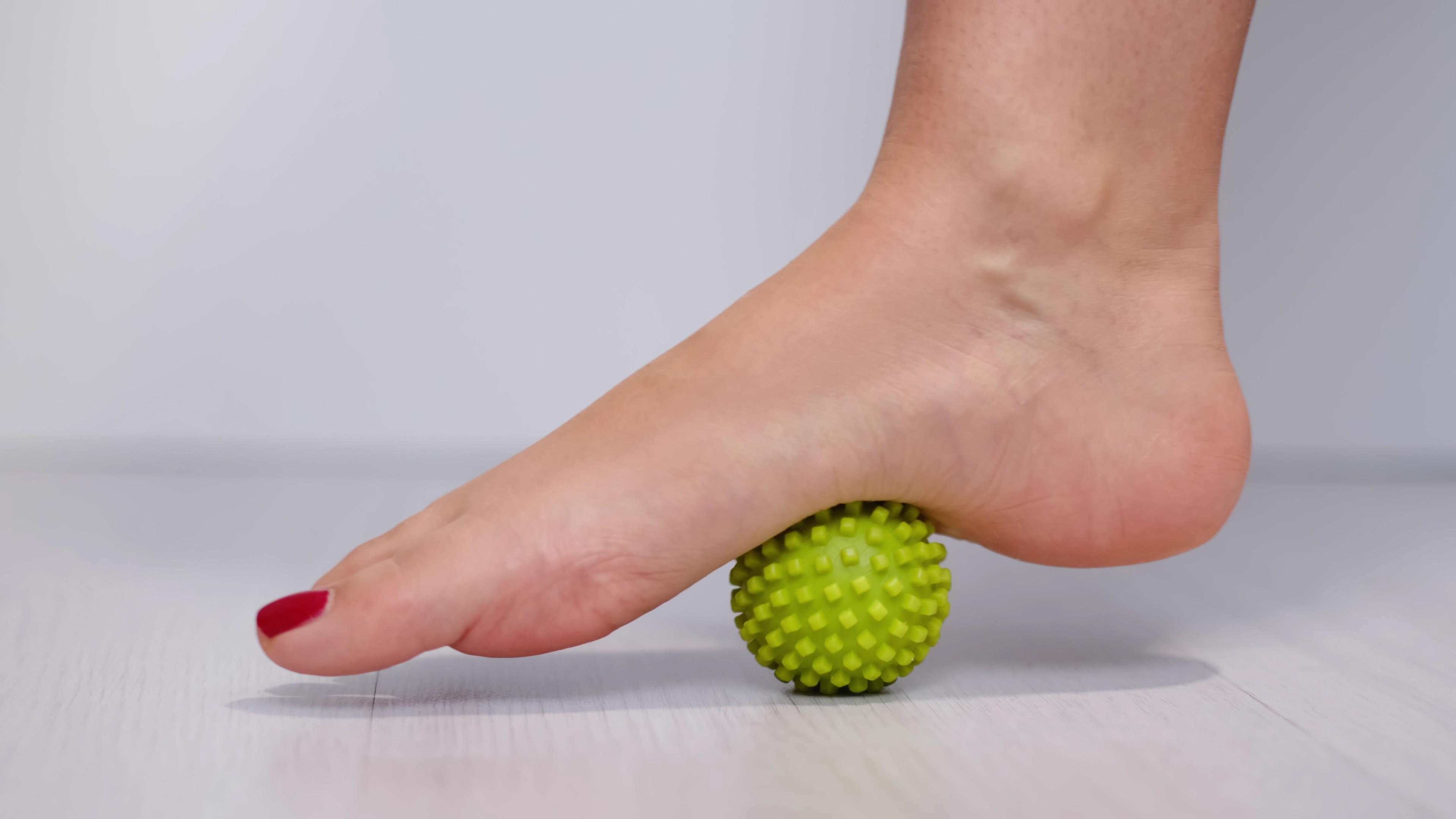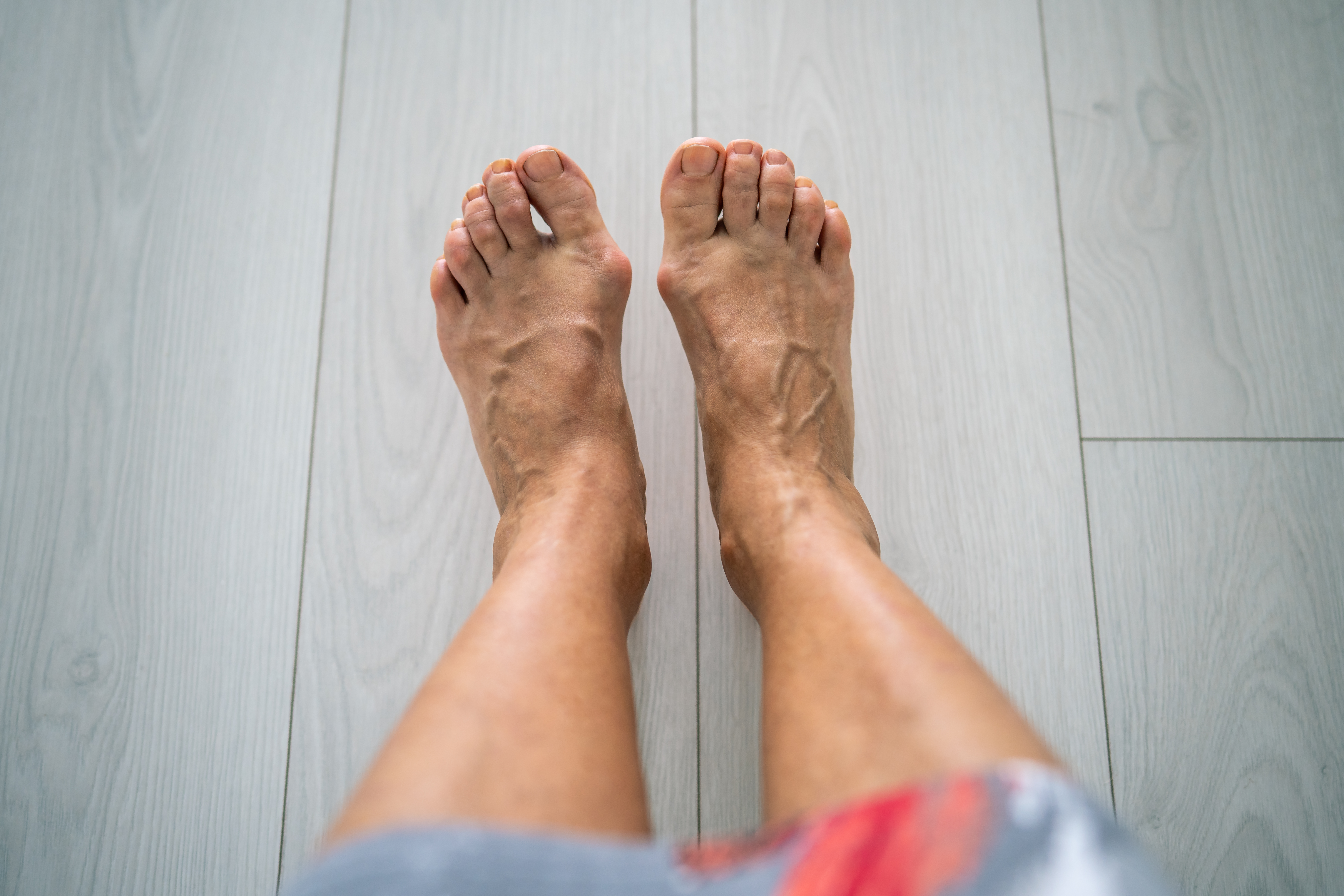Unraveling the Top Culprits Behind Persistent Foot Pain
Your feet are engineering marvels, a complex symphony of bones, joints, and soft tissues that silently bear the brunt of every step, jump, and stand. Yet, despite their incredible resilience, persistent foot pain remains a frustrating, often debilitating, mystery for millions. It’s more than just an ache; it's a thief of mobility, comfort, and quality of life, frequently misunderstood and underestimated. We often take these intricate foundations for granted until a sharp twinge or dull throb disrupts our day. Understanding the true culprits behind this common ailment is the first step toward lasting relief. That’s why we’ve significantly expanded our definitive guide of intricate causes of persistent foot pain, offering crucial insights into their nature, symptoms, and the precise steps you can take to reclaim your comfort and stride.
1. Plantar Fasciitis - The Common Foe

Plantar fasciitis is one of the leading causes of foot pain, affecting millions worldwide. This condition involves inflammation of the plantar fascia, a thick band of tissue that runs across the bottom of the foot, connecting the heel bone to the toes. The pain is often described as a sharp, stabbing sensation in the heel, particularly noticeable during the first steps in the morning or after prolonged periods of rest. Factors contributing to plantar fasciitis include overuse, obesity, and inadequate footwear. Athletes, especially runners, are particularly susceptible due to the repetitive stress placed on their feet. Treatment typically involves rest, stretching exercises, and supportive footwear. In severe cases, physical therapy, orthotics, or even surgical intervention may be necessary. Understanding plantar fasciitis is crucial, as early intervention can prevent chronic discomfort and further complications.
2. Bunions - The Misaligned Menace

Bunions are bony bumps that form on the joint at the base of the big toe, leading to significant discomfort and pain. This deformity occurs when the big toe pushes against the next toe, causing the joint to protrude and become swollen. Bunions can be hereditary, but they are often exacerbated by wearing tight, narrow shoes that squeeze the toes together. Women are more frequently affected due to the prevalence of high-heeled, pointed footwear in fashion. Symptoms include pain, swelling, and redness around the affected joint, with the potential for calluses or corns to develop. Treatment focuses on relieving pressure on the bunion through proper footwear, orthotic devices, and anti-inflammatory medications. In severe cases, surgical correction may be considered. Addressing bunions early can prevent progression and alleviate pain, emphasizing the importance of proper foot care and footwear choices.
